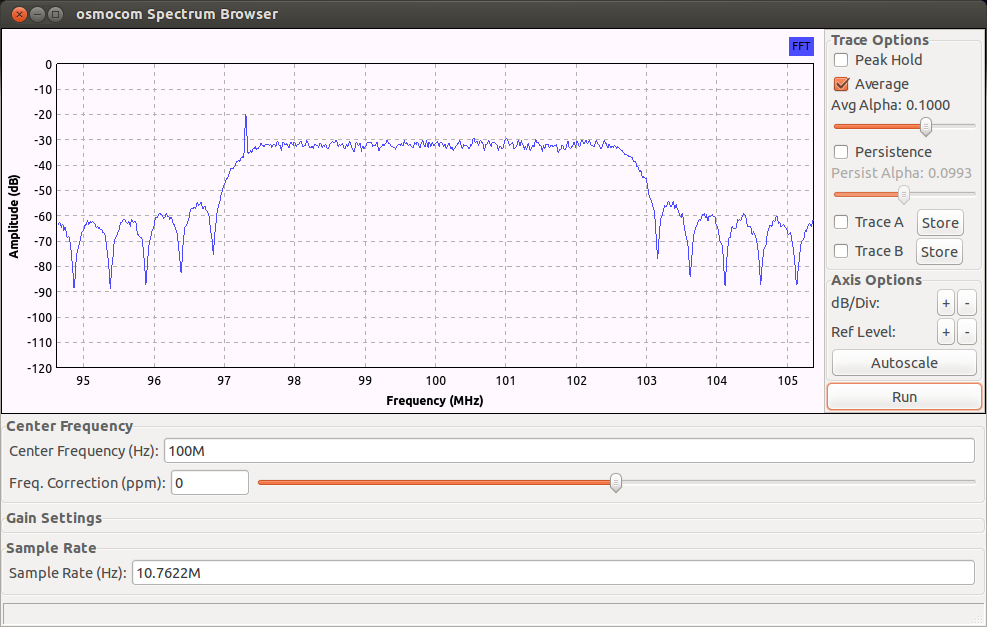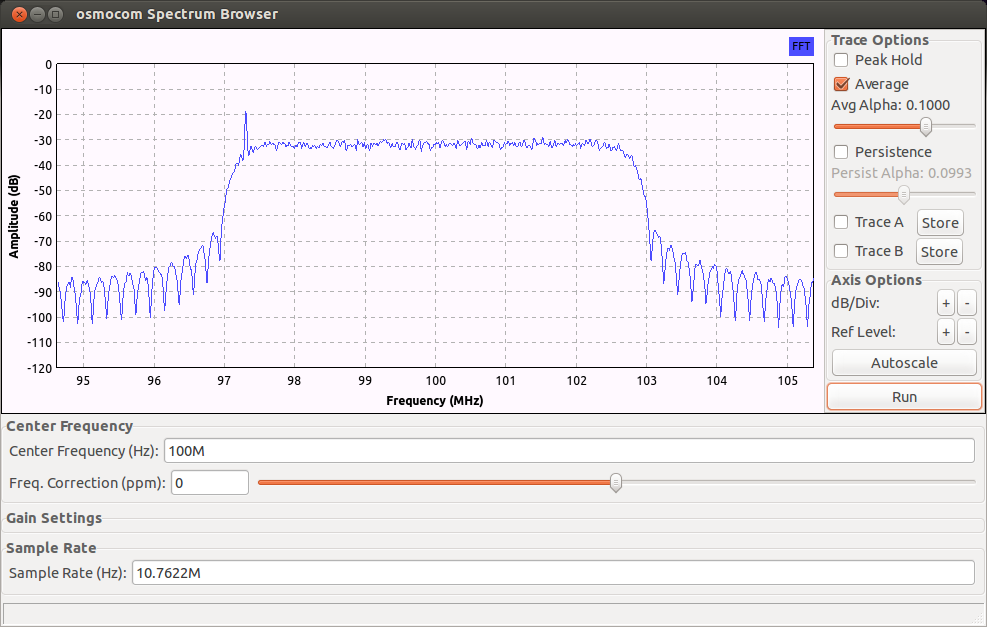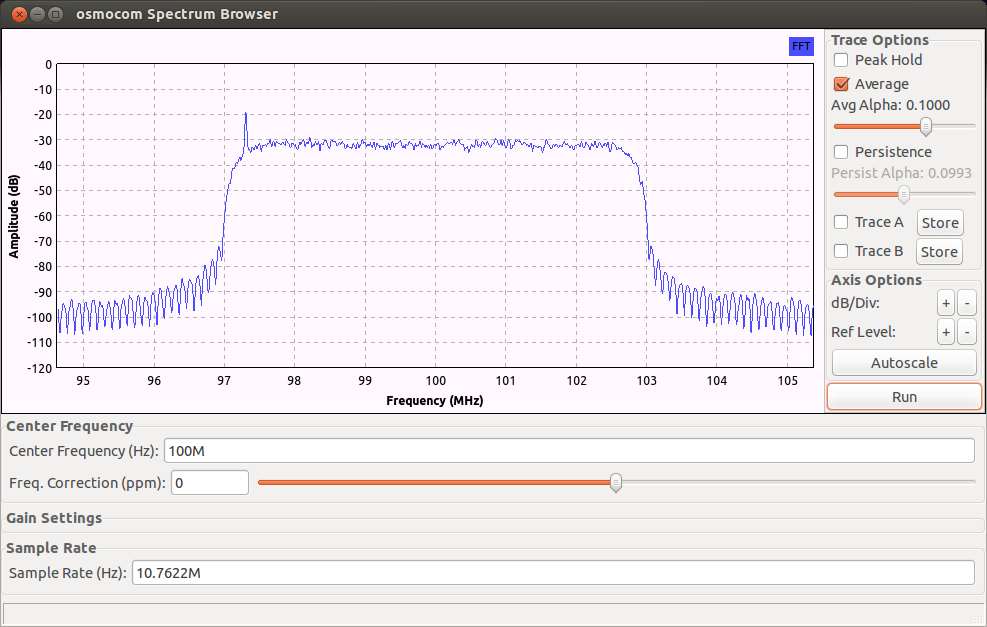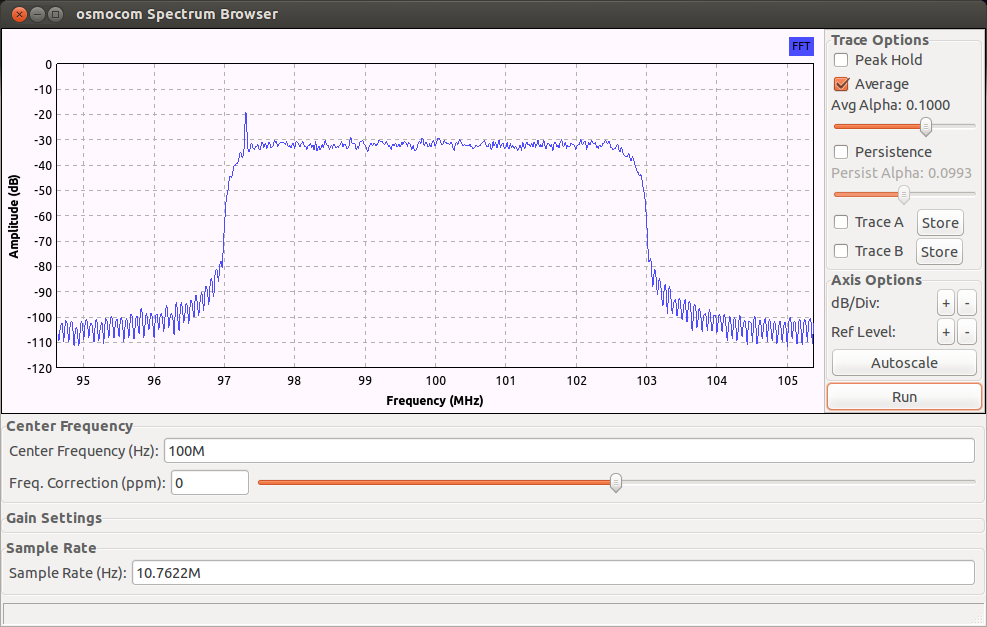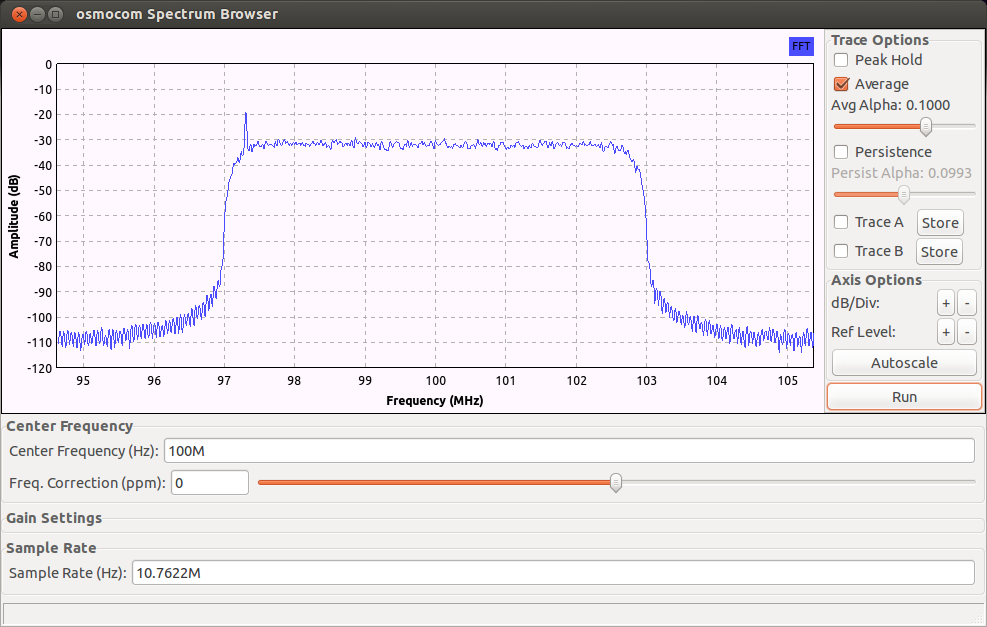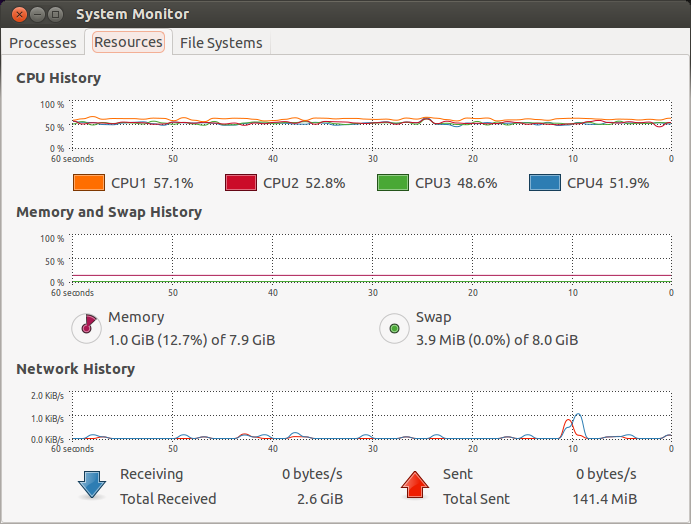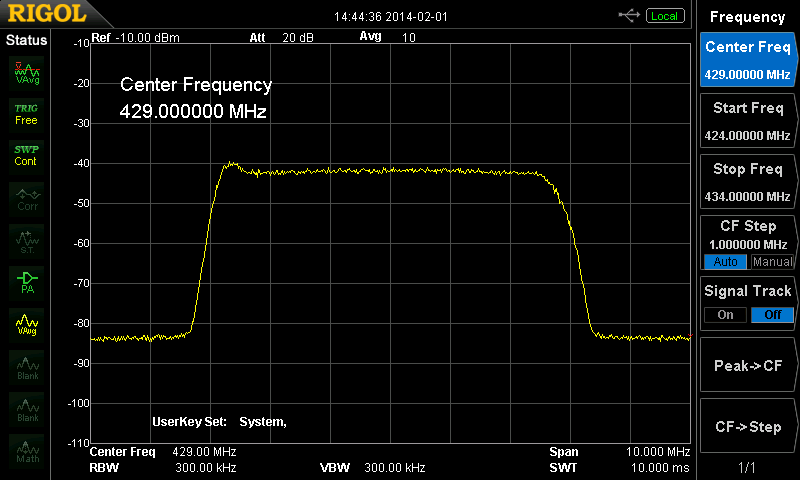EDIT (Feb 1, 2014):
Increased the buffering on the osmosdr sink (buffers=128,buflen=32768). This allows for glitch free operation when other processes run on the host. Even heavy web browsing can be done while transmitting.
EDIT (Feb 27, 2014)
To avoid different versions, the atsc-blade.py script is now being maintained at:
https://github.com/argilo/sdr-examples/ ... c-blade.py
along with a USB2 version:
https://github.com/argilo/sdr-examples/ ... de-usb2.py
The sample rate is 10.76 Msps, so a USB3.0 connection is required (for atsc-blade.py). I tested the configuration with an AMD/ATI demodulator evaluation board. The eval board shows internal statistics such as S/N, trellis errors, RS errors, constellation and other parameters.

The bladeRF was connected directly to the eval board through a 40 dB attenuator. Here are some results.
The eval board tuned to channel 14 (473 MHz center frequency).
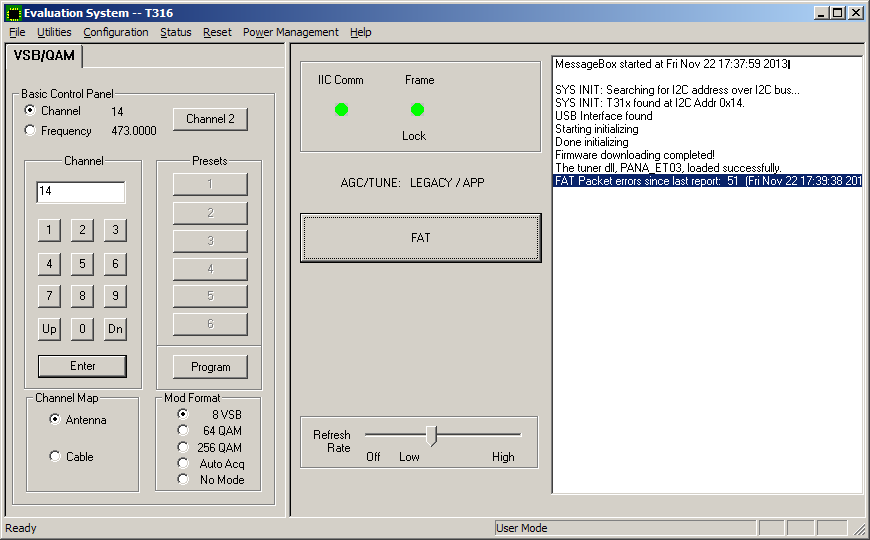
The eval board parameters.
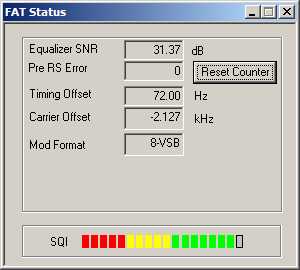
The eval board constellation.
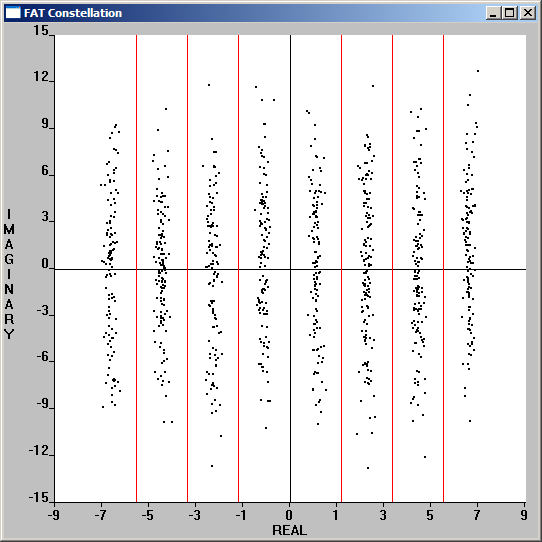
From the parameters dump, we can see that the bladeRF is working perfectly. The equalizer signal to noise ratio is very high at 31.37 dB, no trellis errors and the carrier is only 2 kHz off. The bladeRF power output was adjusted to provide maximum equalizer S/N and ended up at txvga1 gain = -6 db and txvga2 gain = 12 dB. Unfortunately, I don't have a spectrum analyzer, so I don't exactly know what that power level is.
As the final step, the bladeRF was connected (same direct connect with 40 dB pad) to a TV with an internal 8VSB tuner. As expected, it worked perfectly on channel 14-1.
Here's the test stream.
http://www.w6rz.net/advatsc.ts
Ron
